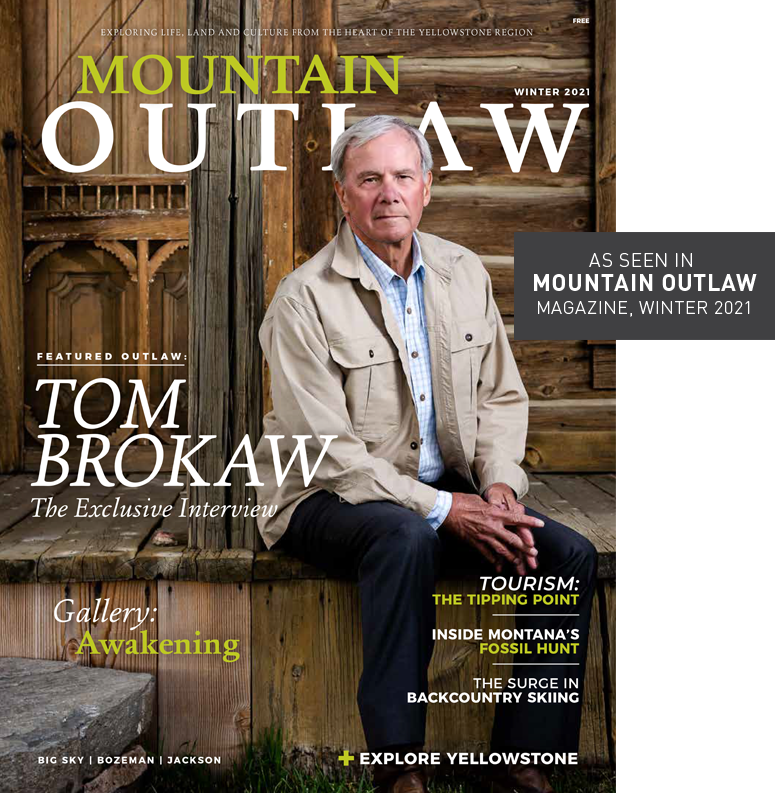One Ski Fits All
BY BRIGID MANDER
At some point in the 1980s, skis—those silly sticks people strap on their feet to slide down snowy hillsides for entertainment—were no longer simply “skis,” as they had been for millennia. Instead, the world was presented with men’s skis and women’s skis.
Fast forward a few decades, and aggressive industry marketing had pushed any woman who didn’t know she needed special skis to the proper gendered ski wall. The problem was, making skis shorter, lighter and softer—derisively referred to as “shrink it and pink it”—were for weaker, intermediate-level skiers.
To be fair, not every brand fell headfirst into this travesty. Some kept on making plain old skis for whomever wanted to ski them. The real mistake wasn’t in making women’s skis a category, it was in the forceful new campaigns that pushed any female skier toward this lower performance gear. For female intermediates, they worked perfectly because, just like male intermediates, they prefer less aggressive gear (turns out, skis respond to the weight and power a skier applies, not skier gender). Nevertheless, unsubstantiated theories about women’s biomechanics requiring special ski engineering proliferated, sowing confusion everywhere. Many women, even powerful skiers, began to feel even skill-appropriate “men’s” skis were not for them anymore.
This year, however, we may finally see the beginning of the end of a gendered ski as a necessity. Industry powerhouse Fischer has announced the cessation of women’s specific construction and launched a new campaign for 2020-2021 titled “Skis for Skiers.” Fischer isn’t alone. Salt Lake City-based DPS Skis is phasing out its women’s line. Both companies say their once-again unisex skis will simply be made in more sizes to fit more skiers. Other ski makers may soon follow suit.
Mike Hattrup, former ski movie star, ski legend, and now Fischer’s U.S. product manager and global freeride ski program leader, explained the company’s bold about-face. “We realized a lot of our [freeride] women—professional athletes, patrollers, instructors—were choosing the men’s skis. So we took a look and the data does not support gender-specific skis,” Hattrup said. “We also looked to the World Cup, where the women race on the exact same skis as the men, just shorter.” There, he points out, in the world where any miniscule advantage is worth a lot of money, if there was any advantage to female-specific engineering, racers would be all over it.
According to DPS’s Alex Hunt, the story is similar. After conversations with female freeskiers, it was clear “women’s- specific” wasn’t a huge draw anymore. “A quality ski with strong performance that also looked good was important, but a ‘ladies’ or ‘women’s’ tag didn’t have much to do with choices made,” Hunt reports. Similar to Fischer’s “Skis for Skiers,” DPS will simply market each ski to the type of skier who will like it.
This is a bright spot for women’s skiing, but only if it’s coupled with actual promotion of talented, aggressive professional female freeskiing athletes. Instead of ads about gentle turns, smiles and swirling butterfly graphics, the industry may find women prefer to have aspirations rather than their own category. And that would be doing actual good for women in skiing.
Brigid Mander is a writer based in Jackson, Wyoming, but hails from the New York metro area and is grateful for the animals of the Greater Yellowstone Ecosystem. She can be spotted on the road driving under the speed limit and looking out for mule deer.

